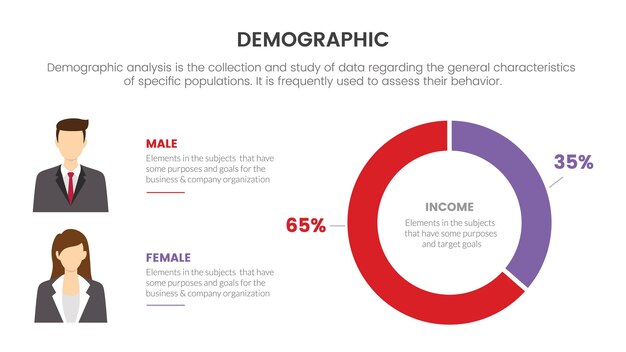Demography (from Greek δημος dēmos meaning “the people”, and -graphos meaning “writing, description or measurement”) is the statistical study of populations, especially human beings. As a very general science, it can analyze any kind of dynamic living population (animals, plants, fungi, bacteria), providing a quantitative measure of changes over time due to births (fertility), deaths (mortality), immigration, emigration and other causes of change.
The term demography was first coined by Belgian statistician Adolphe Quetelet in 1835, who defined it as the mathematical study of the phenomena relating to human populations. He based his studies on censuses taken in different countries around the world during that time period. The word has since been expanded to include all aspects relating to populations such as age distribution and density.
Today demography encompasses a wide range of topics including: fertility rates; mortality rates; life expectancy; infant mortality; migration patterns; ethnic groups within society; urbanization and suburbanization trends. All these factors play an important role in understanding population dynamics which can help plan for things like social welfare needs or housing requirements. It is also useful for business planning purposes such as predicting future consumer behavior or workforce requirements.
There are two types of data used in demography: cross-sectional and time-series data. Cross-sectional data looks at different characteristics of a population at one specific point in time while time-series data tracks changes in those characteristics over an extended period of time. Both types of data are essential for understanding population change.
Census data is the most common source of cross-sectional demographic information while vital statistics (records of birth and death) are the most common source of time-series data. However there are other sources that can provide valuable insights such as surveys or administrative records like driver’s licenses or hospital admissions.
Mathematical models are often used to simulate how populations might change under different scenarios (e.g., what would happen to the size of the elderly population if life expectancy increases?). These models allow us to test different policies or interventions before they are actually implemented which can save considerable resources down the line if they prove unsuccessful . One example where this has been done recently is with retirement age policy – various models were used to predict what would happen to pension systems if retirement ages were raised across Europe prior to any decisions being made about changing legislation .
Demographic analysis can be appliedto both small local areasand large regions/countrieswith global implications


